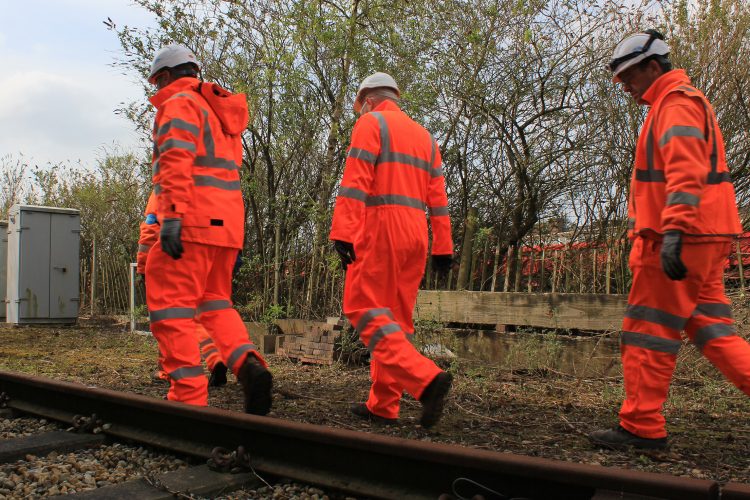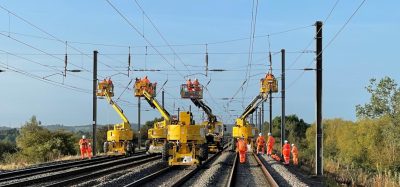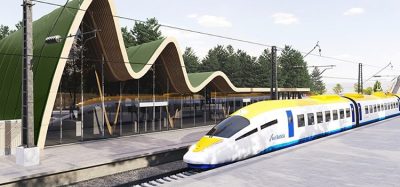Proactive monitoring technology to reduce reactive maintenance costs
Posted: 15 March 2021 | Viper Innovations | No comments yet
Managing reactive maintenance is a challenge affecting the whole railway. It carries the safety risk of deploying boots on ballast in a high stress situation, can be disruptive to train services, is always time consuming and ultimately costly. So how can innovative technology and processes improve safety, eliminate or reduce the duration of service affecting failures and minimise maintenance costs?


Maintenance is a necessary process to ensure rail networks runs safely and efficiently. Ideally, it would only be carried out non-invasively in Rules-of-the-Route or other available slots. However, with the strategic drive to a 24/7 railway and ever-increasing demands on rail operators to keep trains running, unforeseen service affecting failures can occur.
Reactive faulting and maintenance disrupts services and consumes precious maintenance resources that could otherwise be applied to the ever present challenge of clearing backlog, potentially creating a vicious circle of missed interventions that create other service affecting failures down the line.
Managing reactive maintenance is a challenge affecting the whole railway. It carries the safety risk of deploying boots on ballast in a high stress situation, can be disruptive to train services, is always time consuming and ultimately costly. Innovative technology and processes to improve safety, eliminate or reduce the duration of service affecting failures and minimising maintenance costs are of high priority. New technologies to the market are helping to alleviate some of these pain points, alerting rail personnel of the need to intervene before asset degradation becomes service affecting failure, allowing repairs to take place safely and efficiently during planned works. When catastrophic failure does occur – for example, cable theft – service affecting failures are unavoidable. These innovative technologies and processes can enable a faster, more targeted response, delivering a more effective reactive maintenance process, improving safety, reducing delay per incident and reducing costs.
CableGuardian, by Viper Innovations, is one such innovation in technology and process. It is a sophisticated cloud-hosted cable monitoring and fault diagnosis system, designed collaboratively by Network Rail and Viper Engineers, to prevent service affecting failures before they occur by delivering precise condition trending down to the individual cable level and accurately pinpointing fault locations and instances of cable theft or damage to reduce downtime to a minimum.
During a fault event or pre-set threshold being reached – whether due to vandalism, theft, cable degradation, vermin damage, or water ingress – the CableGuardian analytics package will send an immediate alert to fault control, the flight desk and maintenance teams. These tailored alarms and events provide faulting and maintenance staff the opportunity to identify the precise location of a lineside cable fault, which not only significantly reduces power downtime on the line but also provides the safety benefits of reducing the need to walk the line to test for and locate cable faults.
CableGuardian is the only Network Rail approved cable monitoring system that offers adherence to Tier 3, Tier 2 & Tier 1 of the Network Rail standard NR/L2/SIGELP/27725 Insulation Monitoring and Fault Location Systems for use on Signalling Power System. The system not only precisely locates faults, but it is also the only system which continuously monitors cable health by sub-network section, giving failure data to the lowest level of granularity possible. Emerging electrical issues and hazards are thus quickly detected and located on live signalling power systems well in advance of becoming a Service Affecting Failure.
The user-friendly CableGuardian web portal is accessible from any internet connected device and enables quick decision-making, as users are given a detailed diagnosis of fault type and location, enabling a speedy, targeted mobilisation of maintenance personnel to repair the fault. This unique system supports Network Rail’s vision to move from periodic manual cable testing, which involves costly and time-consuming processes (as specified in NR/L2/SIGELP/50000) to a digital alternative, empowering the rail industry to move from the uncertainty of periodic testing to a real-time condition-based approach.
Read Viper Innovation‘s Blog on ‘Digital Railway Maintenance’ here, or find out more about CableGuardian’s capabilities and benefits here.







